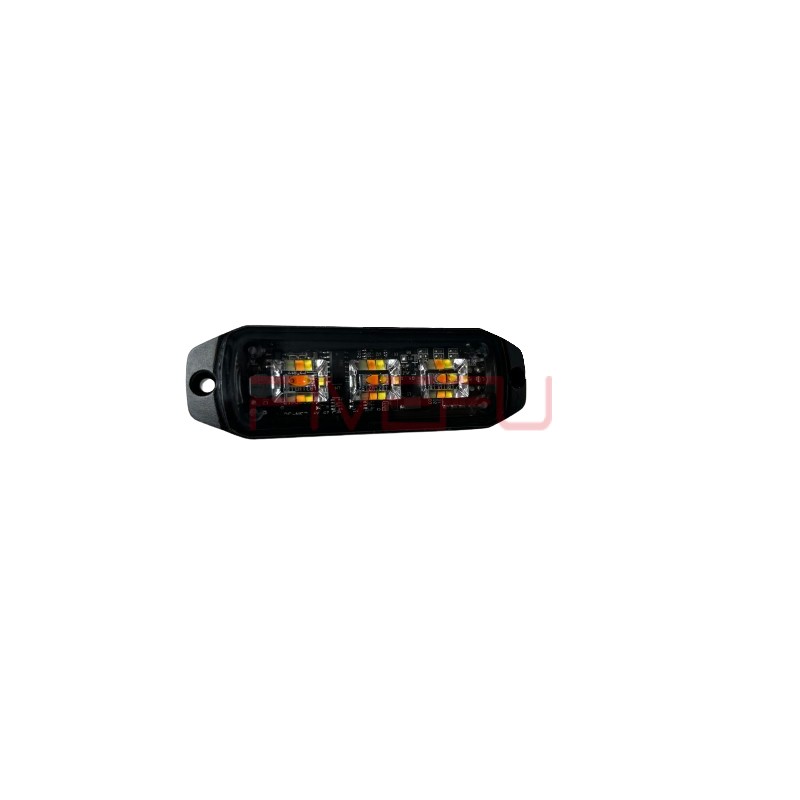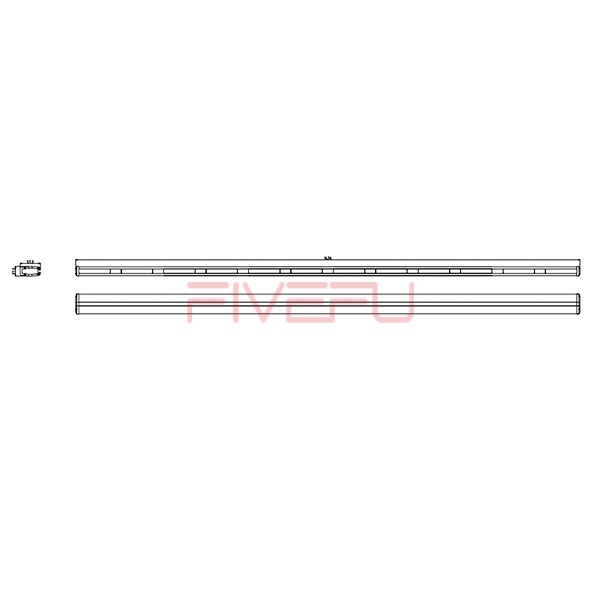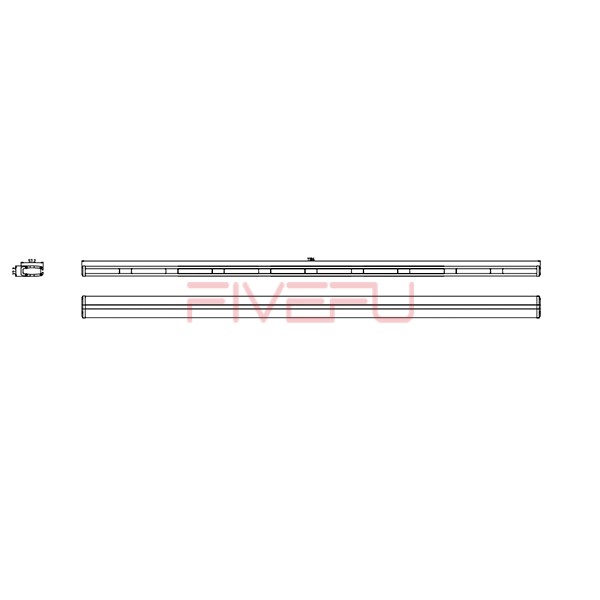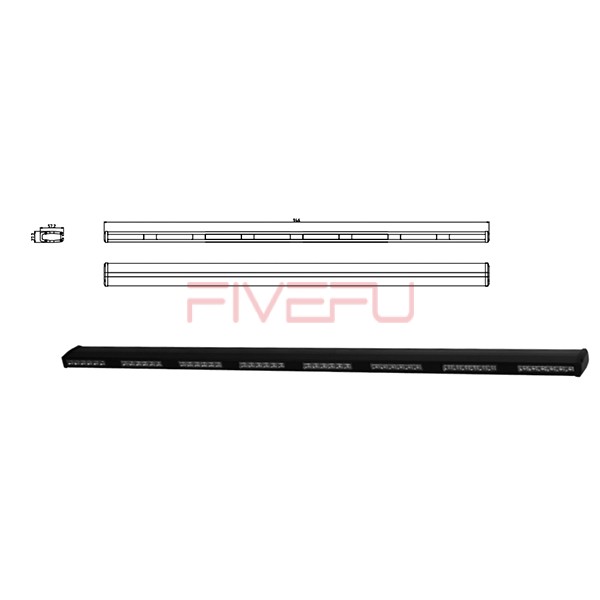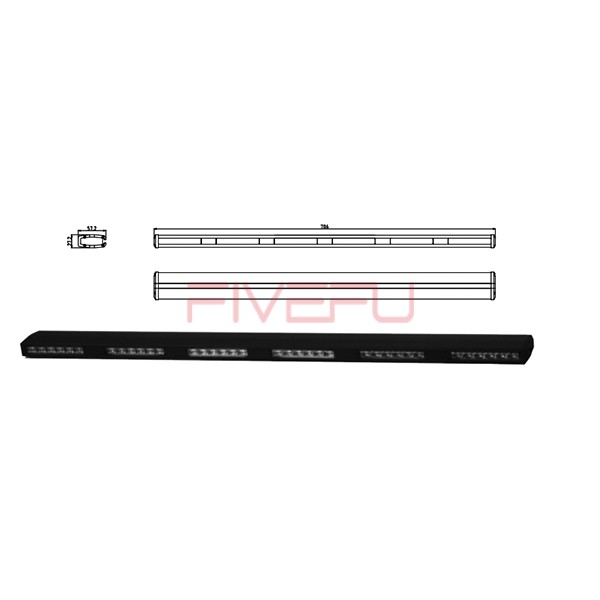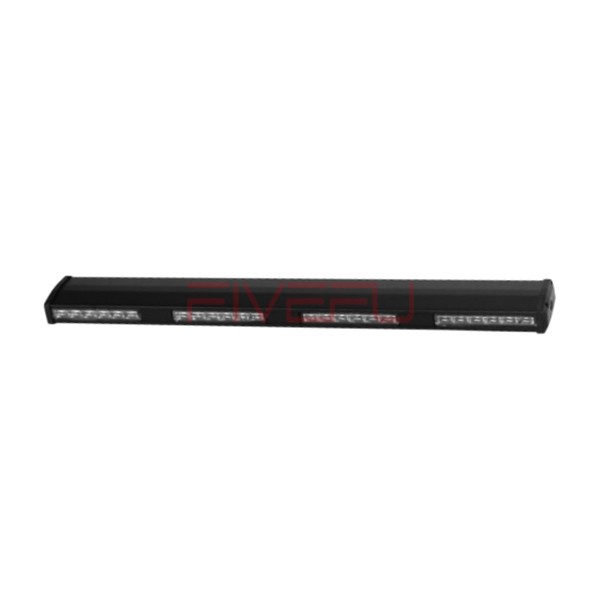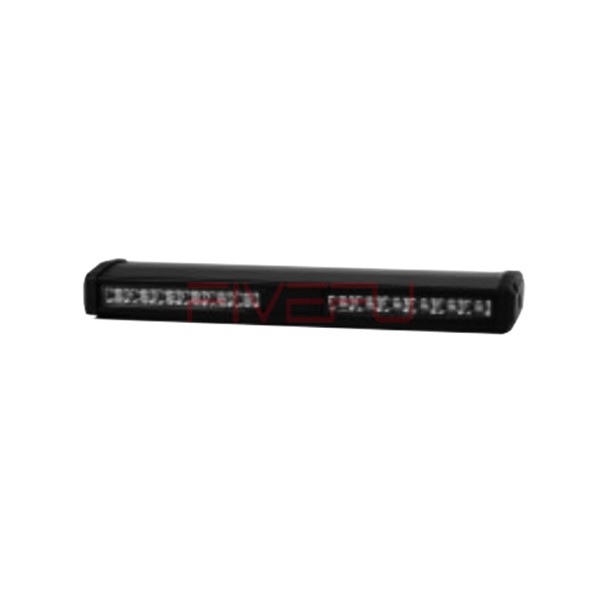Driving with faulty turn signals is dangerous, leading to accidents and fines. If hazards work but signals fail, understanding the cause ensures safe driving.
If your hazard lights work but turn signals don’t, the issue usually lies in the turn signal relay, switch, or fuse. Hazards and signals use separate circuits, so diagnosing these parts helps restore proper function quickly.
Keep reading to learn the main causes, diagnostic tips, and solutions for fixing turn signals when hazards still work.
Common Causes of the Problem
-
Blown fuse – A burned-out fuse in the turn signal circuit can stop the system from working.
-
Faulty turn signal relay – Hazards often use a separate relay, which means the turn signal relay can fail independently.
-
Damaged switch – The turn signal switch may wear out over time due to frequent use.
-
Loose or corroded wiring – Poor connections in the steering column or dashboard area can block power flow.
How to Diagnose the Issue
-
Check the fuses first – Look inside the fuse box and replace any blown fuses.
-
Test the relay – Swap relays if your car has a spare. No clicking sound during signaling usually points to a bad relay.
-
Inspect the switch – Activate both hazards and signals. If hazards click but signals don’t, the switch or relay is likely at fault.
Bulb and Socket Issues
Even though hazards flash all bulbs, turn signals may stop working if:
-
A single side’s bulb has burnt out.
-
The socket is dirty or corroded.
✅ Fix: Replace faulty bulbs or clean the socket to restore function.
Wiring and Electrical Concerns
If bulbs, fuses, and relays are fine, the problem may be deeper:
-
Damaged wires from wear, rodents, or poor aftermarket work.
-
Faults inside the steering column wiring harness.
➡️ In such cases, using a multimeter or getting professional help is recommended.
Modern Vehicle Considerations
In newer cars, the Body Control Module (BCM) controls lighting.
-
A BCM failure may stop turn signals while hazards still work.
-
This issue is rare but costly, requiring professional diagnostic tools.
Final Thoughts
Fixing non-working turn signals while hazards function requires systematic checking—fuses, relays, bulbs, switches, wiring, and finally modules.
Restoring proper function ensures safety, avoids accidents, and keeps you compliant with road laws.
⚡ Summary: Fix signals quickly to stay safe, avoid fines, and prevent accidents.
